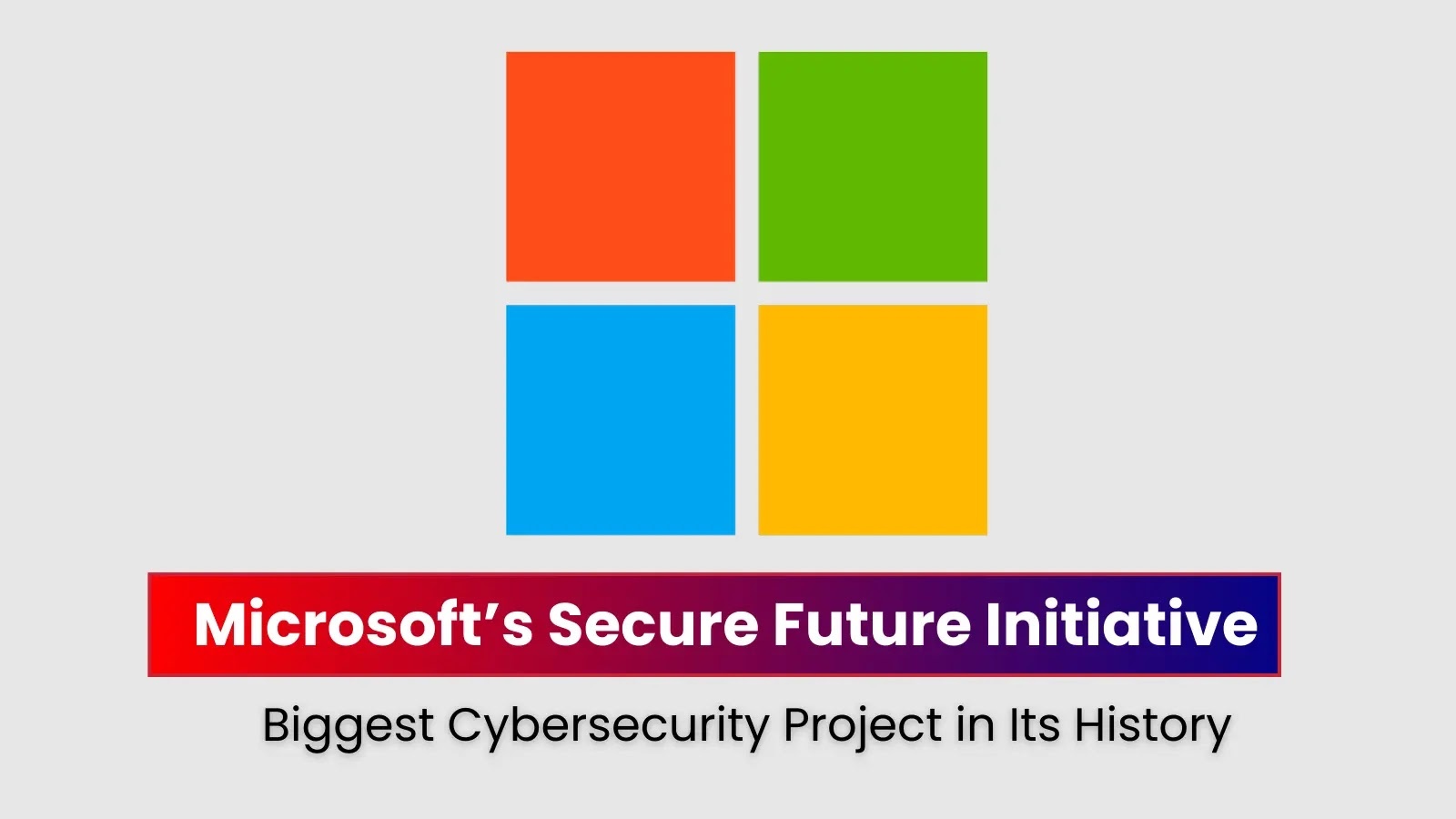In 2025, phishing attacks have escalated, becoming a predominant threat to organizational security. Cybercriminals are increasingly favoring identity-based techniques over traditional software exploits, making phishing a more significant concern than ever before.
The Verizon Data Breach Investigations Report (DBIR) highlights that phishing and the subsequent use of stolen credentials are now the leading causes of security breaches. This shift is largely due to the extensive adoption of internet applications across various workforces, expanding the range of accounts susceptible to phishing attacks.
Modern phishing kits have evolved to bypass Multi-Factor Authentication (MFA) methods, including SMS, One-Time Passwords (OTP), and push notifications. This advancement places significant pressure on detection mechanisms, as traditional prevention strategies often fall short.
Challenges with Traditional Detection Controls
Phishing detection has traditionally focused on email and network layers, utilizing tools like Secure Email Gateways (SEG) and Secure Web Gateways (SWG). However, attackers have developed strategies to circumvent these controls by:
– Regularly changing Indicators of Compromise (IoCs) such as IP addresses, domains, and URLs to evade blocklists.
– Implementing bot protection mechanisms like CAPTCHA or Cloudflare Turnstile to prevent analysis of phishing pages.
– Modifying visual and Document Object Model (DOM) elements to avoid detection signatures.
Additionally, attackers are increasingly delivering phishing content through channels beyond email, such as instant messaging, social media, and malicious advertisements (malvertising), effectively bypassing email-based defenses.
The Role of Browser-Based Detection and Response
Given that most phishing attacks involve users clicking on malicious links that lead to deceptive login portals, the browser becomes a critical point for implementing detection and response measures. By focusing on the browser, organizations can:
1. Detect Malicious Pages in Real-Time: Browsers can analyze web pages as they load, identifying and blocking phishing sites before users can interact with them.
2. Prevent Credential Theft: By monitoring for unauthorized attempts to capture user credentials, browsers can alert users and prevent the submission of sensitive information to malicious sites.
3. Enhance User Awareness: Integrated security features within browsers can educate users about potential threats, promoting safer browsing habits and reducing the likelihood of successful phishing attempts.
Implementing browser-based security measures offers a proactive approach to combating phishing attacks, addressing the limitations of traditional detection methods and adapting to the evolving tactics of cybercriminals.



